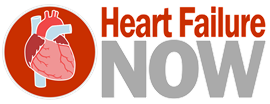Premier - Local Pharmacist
-
Blood Pressure Monitor
A sphygmomanometer is a medical device used to measure blood pressure.
-
What is a Blood Pressure Monitor
There are indeed various types of blood pressure monitors available on the market. These monitors are used to measure blood pressure, which is an important indicator of cardiovascular health. Let's go over the three types you mentioned:
It consists of three main components: an inflatable cuff, a pressure gauge, and a mechanism for inflating and deflating the cuff.









